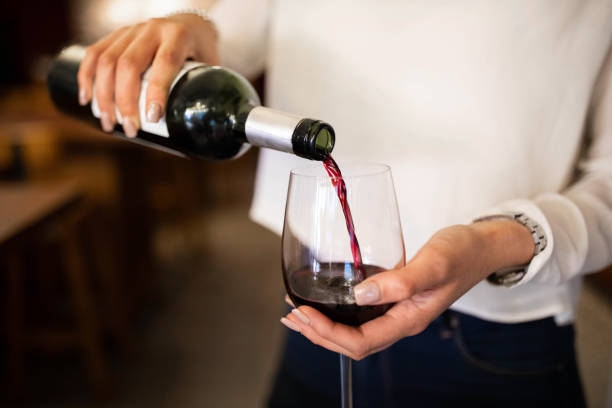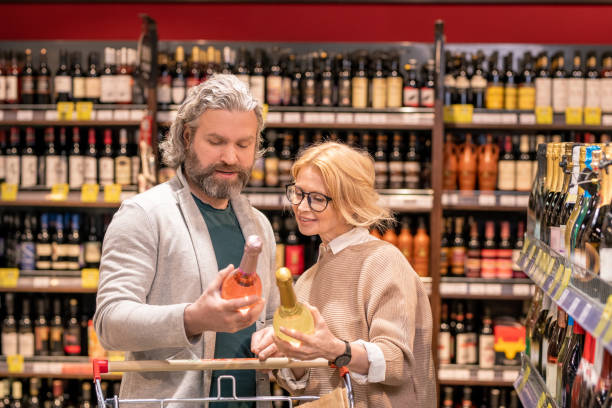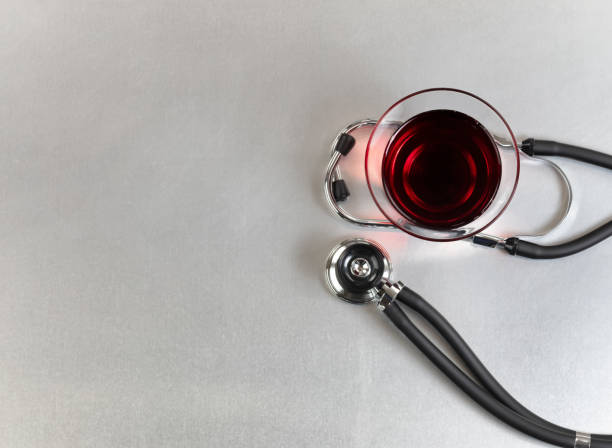Winemaking is a delicate dance between artistry and science, where every step influences the final product. Among the many factors that contribute to the quality and character of wine, fermentation plays a pivotal role. During fermentation, yeast converts sugars into alcohol and other byproducts, shaping the flavor, aroma, and overall profile of the wine. To ensure a successful fermentation process and achieve desirable outcomes, winemakers often employ various techniques, one of which is the use of yeast starters.
What Are Yeast Starters? Yeast starters, also known as inocula or yeast cultures, are pre-prepared mixtures of yeast cells that are introduced into the must (grape juice) at the beginning of fermentation. These starters serve as a proactive measure to kickstart the fermentation process by providing a high population of yeast cells, ensuring a robust and efficient fermentation.
The Role of Yeast in Fermentation: Yeast is a microorganism belonging to the fungus kingdom, and it is responsible for the conversion of sugars into alcohol and carbon dioxide during fermentation. In winemaking, Saccharomyces cerevisiae is the most commonly used yeast species due to its ability to thrive in the grape must environment and produce desirable flavors and aromas.
Yeast starters act as a concentrated source of active yeast cells, which accelerates the fermentation process and helps to outcompete any unwanted microorganisms that may be present in the must. Additionally, yeast starters can contribute to the complexity and depth of flavor in the finished wine by promoting the production of specific aroma compounds during fermentation.
Benefits of Using Yeast Starters:
- Consistent Fermentation: By introducing a known quantity of yeast cells into the must, winemakers can achieve greater control over the fermentation process, leading to more consistent results from batch to batch.
- Faster Fermentation: Yeast starters contain a high concentration of active yeast cells, which speeds up the onset of fermentation and reduces the risk of sluggish or stuck fermentations.
- Improved Aroma and Flavor Development: Certain strains of yeast used in starters can enhance the aromatic profile of the wine by producing desirable compounds such as esters, thiols, and terpenes.
- Reduced Risk of Off-Flavors: A healthy population of yeast cells from a starter can help prevent the growth of spoilage microorganisms, reducing the likelihood of off-flavors or wine faults.
How to Prepare a Yeast Starter: Creating a yeast starter requires careful planning and attention to detail. Here’s a basic guide to preparing a yeast starter for winemaking:
- Selecting the Yeast Strain: Choose a yeast strain that is well-suited to the style of wine you are producing and has characteristics that align with your desired flavor and aroma profile.
- Sterilizing Equipment: Thoroughly clean and sterilize all equipment, including fermentation vessels, airlocks, stir bars, and measuring instruments, to minimize the risk of contamination.
- Preparing the Starter Medium: Prepare a nutrient-rich medium for the yeast to propagate in. This can be a simple solution of water and sugar or a specialized yeast starter solution containing additional nutrients such as yeast extract, diammonium phosphate (DAP), and vitamins.
- Inoculating the Starter: Add the selected yeast strain to the starter medium and aerate the mixture to promote yeast growth. Maintain optimal temperature and pH conditions to support yeast metabolism.
- Monitoring and Agitation: Monitor the progress of the yeast starter by measuring cell density and viability using a microscope or specialized equipment. Agitate the starter periodically to ensure uniform distribution of yeast cells and nutrients.
- Scaling Up: Once the yeast starter reaches the desired cell density, it can be scaled up by gradually adding small volumes of must from the main fermentation batch. This helps acclimate the yeast to the specific conditions of the must before inoculation.
- Inoculating the Must: Finally, introduce the prepared yeast starter into the main fermentation vessel containing the grape must. Stir gently to ensure thorough mixing and initiate fermentation.
Yeast starters are valuable tools in the winemaker’s arsenal, offering a range of benefits that contribute to the quality and consistency of the final product. By understanding the role of yeast in fermentation and employing best practices for preparing and using yeast starters, winemakers can enhance the aroma, flavor, and overall sensory characteristics of their wines. As the art and science of wine-making continue to evolve, yeast starters remain a fundamental technique for achieving superior results in the cellar.




